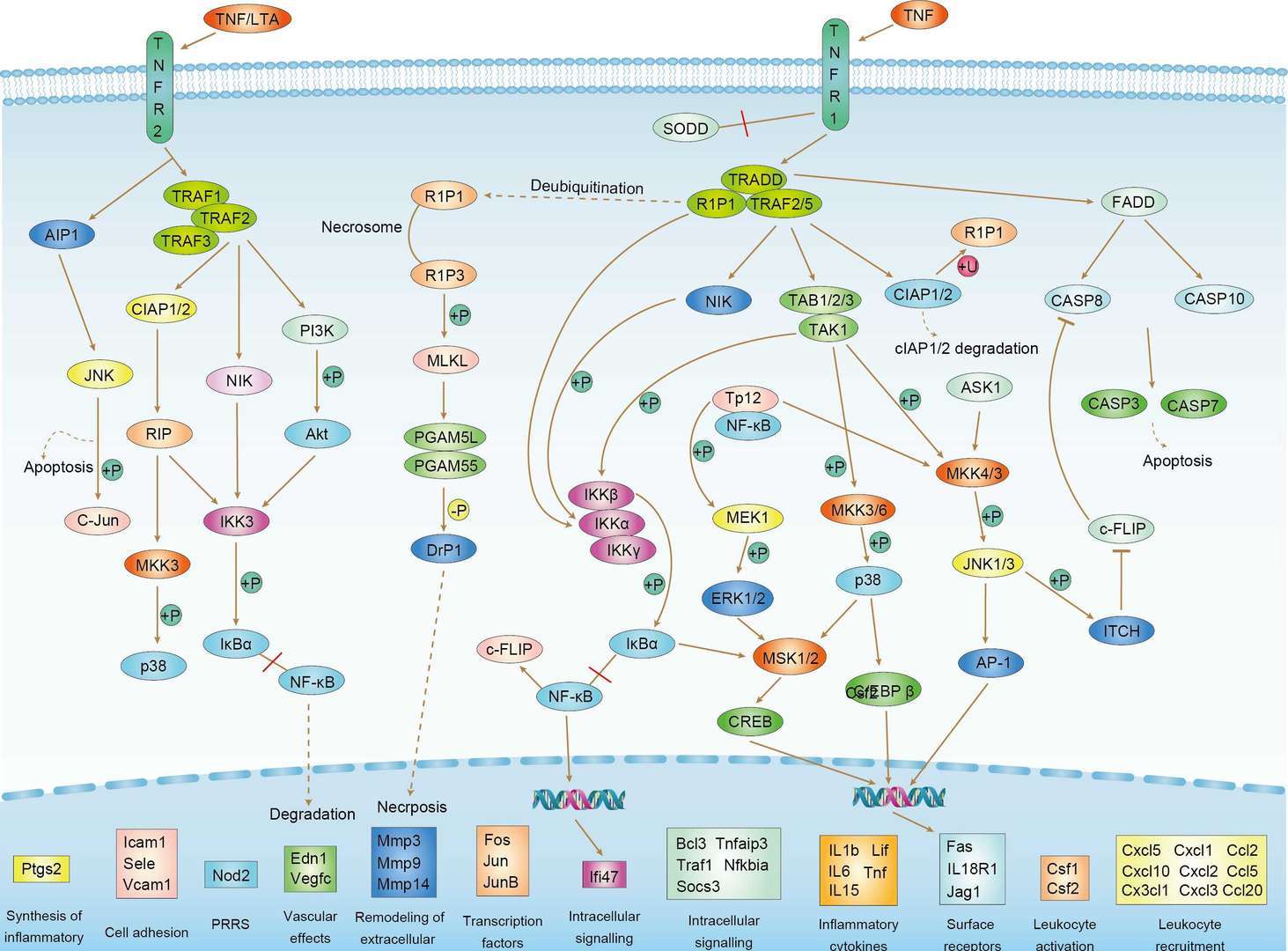 Loading...
Loading...

CEBPB
 Loading...
Loading...Anti-CEBPB Products
-
- Derivation: Mouse
- Species Reactivity: Human
- Type: Mouse IgG
- Application: WB, IHC, IP
-
- Species Reactivity: Mouse
- Type: Mouse antibody
- Application: ICC, IF, IP, WB
- Rabbit Anti-CEBPB Recombinant Antibody (clone CBACN-076) (MRO-0198-CN)
-
- Species Reactivity: Human, Mouse, Rat
- Type: Rabbit IgG
- Application: WB, IF, IP, FC
-
- Species Reactivity: Human, Mouse, Rat
- Type: Rabbit IgG
- Application: WB, ICC, IF, IP, FC
-
- Species Reactivity: Human
- Type: Mouse IgG1
- Application: ELISA, WB, FC
-
- Derivation: Mouse
- Species Reactivity: Human
- Type: Mouse IgG
- Application: WB, FCM, ELISA
- Anti-CEBPB Immunohistochemistry Kit (VS-0325-XY420)
-
- Species Reactivity: Human, Mouse, Rat
- Target: CEBPB
- Application: IHC
-
- Species Reactivity: Human, Rat
- Type: Rabbit IgG
- Application: WB, FC, IP
- Anti-Human CEBPB Immunohistochemistry Kit (VS-0525-XY1362)
-
- Species Reactivity: Human
- Target: CEBPB
- Application: IHC
- Rabbit Anti-CEBPB Recombinant Antibody (clone AFY0040) (MOR-0069-FY)
-
- Species Reactivity: Human, Mouse
- Type: Rabbit IgG
- Application: ICC, IHC-P, WB
-
- Derivation: Phage display library
- Species Reactivity: Human
- Type: Rabbit IgG
- Application: WB, FC, IP
Can't find the products you're looking for? Try to filter in the left sidebar.Filter By Tag
Our customer service representatives are available 24 hours a day, from Monday to Sunday. Contact Us
For Research Use Only. Not For Clinical Use.
Background
Transcription factors
Intracellular
Cell type enhanced (Syncytiotrophoblasts, Suprabasal keratinocytes, Macrophages)
Immune cell enhanced (neutrophil)
Cell line enhanced (SK-MEL-30)
Binds DNA as a homodimer and as a heterodimer (PubMed:11018027, PubMed:11257229, PubMed:11792321). Interacts with ATF4. Binds DNA as a heterodimer with ATF4 (PubMed:11018027). Interacts with MYB; within the complex, MYB and CEBPB bind to different promoter regions (PubMed:11792321). Can form stable heterodimers with CEBPD (PubMed:1741402). Can form stable heterodimers with CEBPA and CEBPE (By similarity). Interacts with SIX1 (PubMed:27923061). Isoform 2 and isoform 3 also form heterodimers. Interacts with TRIM28 and PTGES2. Interacts with PRDM16. Interacts with CCDC85B. Forms a complex with THOC5. Interacts with ZNF638; this interaction increases transcriptional activation. Interacts with CIDEA and CIDEC; these interactions increase transcriptional activation of a subset of CEBPB downstream target genes (By similarity). Interacts with DDIT3/CHOP (PubMed:20829347). Interacts with EP300; recruits EP300 to chromatin. Interacts with RORA; the interaction disrupts interaction with EP300. Interacts (not methylated) with MED23, MED26, SMARCA2, SMARCB1 and SMARCC1 (PubMed:20111005). Interacts with KAT2A and KAT2B (By similarity). Interacts with ATF5; EP300 is required for ATF5 and CEBPB interaction and DNA binding (By similarity). Interacts with NFE2L1; the heterodimer represses expression of DSPP during odontoblast differentiation (By similarity).
Activator, DNA-binding


 TNF Signaling Pathway
TNF Signaling Pathway

